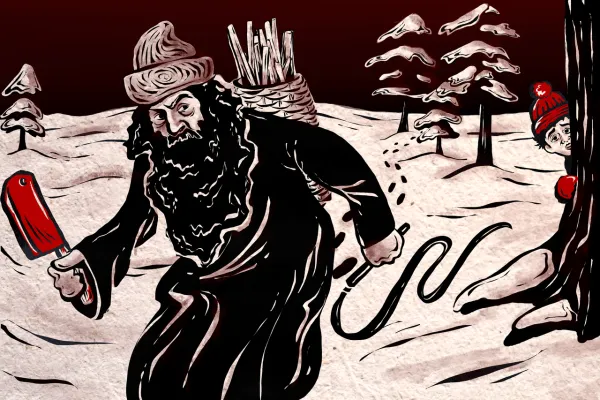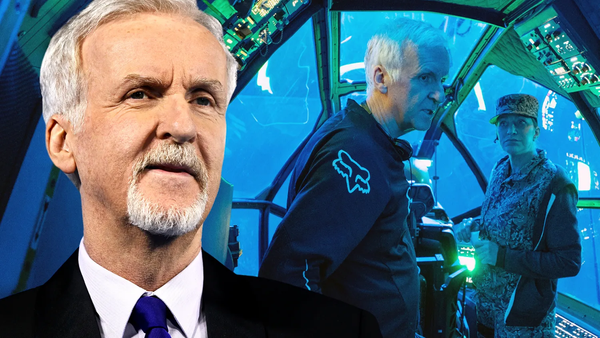Warheads use a secret material known as Fogbank
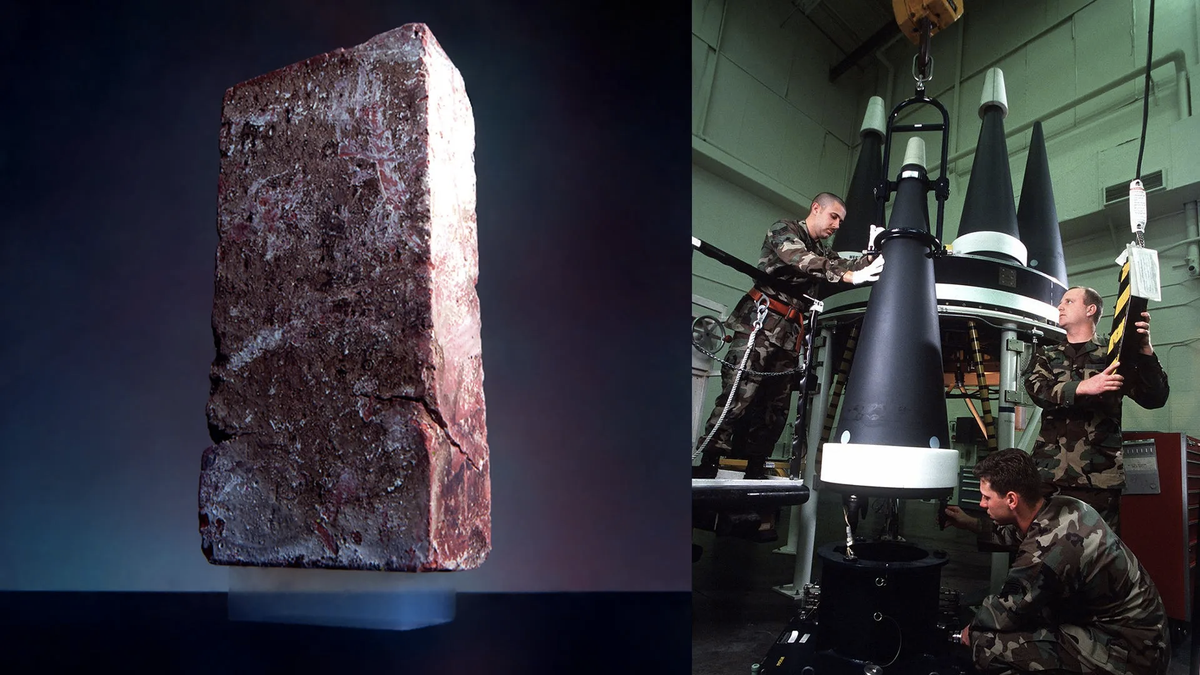
From The Warzone: "Details about the weapons in America’s nuclear arsenal, especially regarding their warheads, remain some of the most secretive elements America’s nuclear weapons enterprise. There is no better example of this than a material that the US Department of Energy has used to build thermonuclear warheads, also known as hydrogen bombs, that is so secret that no one knows exactly what it does or exactly what it’s made of, and that is only ever referred to publicly by a codename, Fogbank. Experts believe that Fogbank is an aerogel, a category of ultralight gels in which a traditionally liquid component is instead a gas. Jeffrey Lewis, an expert on missiles and nuclear weapons, says the codename Fogbank might be derived from nicknames for aerogels, such as “frozen smoke” and “San Franciso fog.”
The history of orchids is also the history of colonialism

From Longreads: "Orchid mania didn’t begin with lady’s slippers. It began with exotic specimens, introduced to English gardeners and noblemen in the late 18th century. While many of them had seen botanical drawings of tropical orchids, the live specimens were something else entirely. Their strangely shaped flowers and bright colors sparked a fixation that came to exemplify the values of the period, for the heroic white adventurer who risks his life to harvest the knowledge and beauty of other lands, returning victorious to his home after striding across harsh landscapes, battling his way through jungles, and fighting man and beast to achieve his goals. The orchid stood for supremacy — of knowledge, of culture, of whiteness."
Entire ecosystem of fossils 8 million years old found under LA high school
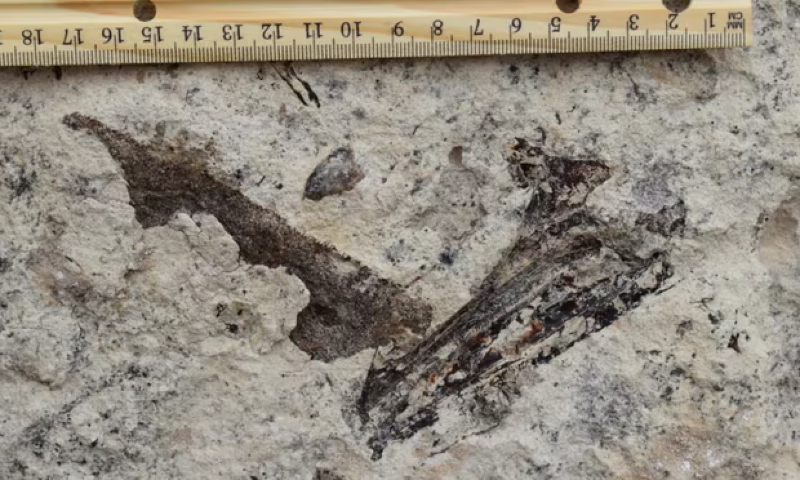
From The Guardian: "Marine fossils dating back to as early as 8.7m years ago have been uncovered beneath a south Los Angeles high school. Researchers discovered two sites on the campus of San Pedro high school under which fossils including those of a saber-toothed salmon and a megalodon, the gigantic prehistoric shark, were buried. The two sites where the fossils were found include an 8.7m-year-old bone bed from the Miocene era and a 120,000-year-old shell bed from the Pleistocene era. The discoveries were made between June 2022 and July 2024. fossils from the Miocene era were encased in diatomite, a sedimentary rock composed of the remains of single-cell aquatic algae."
David Bowie’s brother, Terry Burns, had a huge influence on his music

From Far Out: "A crucial part of Bowie's career and the development of his artistic ideas was his half brother, Terry Burns. Bound by his mother, Burns was ten years older than Bowie and operated as a crucial figure in his life despite their apparent distance. He is credited with introducing the young Bowie, then known plainly as David Jones, to modern jazz, Buddhism, Beat poetry of William S. Burroughs and even the occult. The exposure to these elements was nothing short of transformative for the young star in waiting. Bowie acknowledged Terry’s influence, saying that from him, he "saw the magic, and I caught the enthusiasm for it because of his enthusiasm for it. And I kinda wanted to be like him.”
The untold story of Marie Curie’s network of female scientists
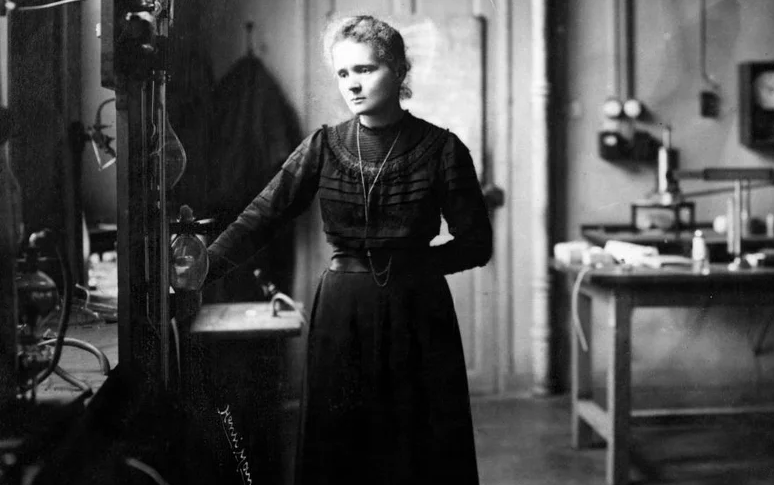
From Scientific American: "Marie Curie, born more than 150 years ago, is still the only female scientist many people can name. The double Nobel Prize winner is most famous for her discovery of radioactivity, as well as the radioactive elements radium and polonium. She is less well known for encouraging a generation of women who worked in her lab and went on to work in research because of the path she paved. Though few women in science have reached Curie’s level of fame and name recognition, they continue to make gains in the field because of her life and example. There were at least 45 women who passed through her laboratory. She was the first woman ever to teach at the Sorbonne, and that made her a kind of magnet for these other female scientists."
A timelapse video of the comet A3
Here’s a Timelapse of the #comet from Arizona 😍 pic.twitter.com/v4aVdm0pLo
— Chris Page - Weatherman (@ChrisPage90) October 14, 2024
Acknowledgements: I find a lot of these links myself, but I also get some from other newsletters that I rely on as "serendipity engines," such as The Morning News from Rosecrans Baldwin and Andrew Womack, Jodi Ettenberg's Curious About Everything, Dan Lewis's Now I Know, Robert Cottrell and Caroline Crampton's The Browser, Clive Thompson's Linkfest, Noah Brier and Colin Nagy's Why Is This Interesting, Maria Popova's The Marginalian, Sheehan Quirke AKA The Cultural Tutor, the Smithsonian magazine, and JSTOR Daily. If you come across something interesting that you think should be included here, please feel free to email me at mathew @ mathewingram dot com
